Afrobeats didn’t just creep onto the global stage—it danced its way in.
One thing that’s always been part of Afrobeats is the dancing. From the very beginning, music and movement have gone hand in hand — whether it was Fela Kuti’s subtle shuffle on stage or Daddy Showkey’s “swo” and “galala” steps in the streets of Ajegunle. Back then, the dance moves weren’t just for fun, they represented the sound, the mood, and the moment.
Over time, as Afrobeats evolved, so did the moves. From the smooth swagger of “Yahooze” in the mid-2000s to the wild energy of “Zanku” in the late 2010s, each dance became more than just a trend, it has now marked a new wave in the culture. These dances often start in local communities or with breakout songs, but once they catch on, they spread like wildfire — moving from Lagos to London, Accra to Atlanta.
Afrobeats isn’t just a sound; it’s a movement — literally. The dances have become cultural exports, reflecting the creativity, energy, and rhythm of the continent.
Here are 14 iconic dance moves that didn’t just define songs, they helped define entire eras in Afrobeats.
1. Galala / Swo
Galala, also known as Swo, originated from the Ajegunle ghetto of Lagos in the late 1990s, a time when Nigerian music was still dominated by reggae and dancehall-infused sounds. Artists like Daddy Showkey, Baba Fryo, and Marvelous Benji turned the dance into a cultural statement. It involved bent knees, side-to-side movements, and shoulder sways — a low-to-the-ground, rhythmic shuffle that reflected both the struggle and spirit of the inner city. It laid the foundation for the street dance energy that would later dominate Afrobeats culture.
2. Yahooze
Yahooze was the dance of the flashy generation — bold, confident, and dripping in the aesthetics of new money. Popularized in 2007 by Olu Maintain’s hit track of the same name, the dance involved a simple but stylish hand gesture that mimicked the act of “spraying” money in the air. With one hand raised and the other flicking outwards, it became a symbol of celebration and affluence. “Yahooze” wasn’t just a club hit — it became a social phenomenon, even performed by Olu Maintain in front of U.S. Secretary of State Colin Powell. It marked one of the earliest global breakthroughs for Nigerian pop culture post-Fela and gave Afrobeats a taste of the spectacle it would later become.
3. Alanta
Alanta was as bizarre as it was addictive — a dance that embraced exaggeration and facial theatrics like never before. It emerged from Lagos in the late 2000s, propelled into the spotlight by the group Artquake. Dancers flailed their arms in opposite directions while contorting their faces as if reacting to invisible slaps or sudden fever. The ridiculousness was intentional — a raw, comical energy that captured the irreverent humor of Nigerian pop culture. Despite its unpolished style, Alanta was everywhere — weddings, street carnivals, and schoolyards — proving that sometimes, the weirder the dance, the more unforgettable it becomes.
4. Shaku Shaku
Shaku Shaku erupted from the gritty streets of Lagos around 2017, a grassroots invention that soon became a national obsession. Fueled by artists like Olamide and Mr. Real, this dance radiated raw, streetwise charisma. Dancers crossed their arms at the wrists, widened their stances, and bounced rhythmically with a staggered gallop—one leg leading while the other played catch-up. The upper body swayed with effortless swagger, making it a freestyle magnet. Shaku Shaku’s relaxed but animated vibe made it instantly relatable, and it quickly went viral across Instagram and dance battles. The dance was born in Agege, a fitting origin for a movement that turned Lagos’ street culture into a global spectacle.
5. Alingo
P-Square’s 2013 hit “Alingo” didn’t just top charts—it sparked debate. Drawing obvious comparisons to Ghana’s Azonto, Alingo’s fast-paced, fluid choreography triggered both admiration and critique. The dance featured intricate footwork and expressive upper-body moves, some of which critics deemed overly provocative. Its accompanying music video was even banned by the Nigerian Broadcasting Corporation for containing “erotic scenes.” But despite the backlash, Alingo thrived. It brought a bold, theatrical energy to Afrobeats performances and became a staple at festivals like the Love Afrobeats Festival. The controversy surrounding its originality only intensified the rivalry and cultural exchange between Nigeria and Ghana, revealing both the collaborative spirit and competitive edge of West African dance culture.
6. Dab
Though not native to Nigeria, the Dab infiltrated Afrobeats circles with the force of a transatlantic wave. Born in Atlanta’s hip-hop scene and popularized by Migos in the mid-2010s, the move—where dancers bow their head into a bent elbow while flinging the opposite arm straight—became a minimalist emblem of swagger. Nigerian artists like Olamide DJ Enimony didn’t hesitate to incorporate it into performances and music videos, showcasing the genre’s fluid relationship with global pop culture. While purists might argue it lacks the cultural depth of indigenous moves, the Dab’s inclusion in the Afrobeats era underscores the genre’s openness to trends beyond its borders, blending local vibes with global appeal.
7. Shakiti Bobo
When Olamide dropped “Bobo” in 2015, he wasn’t just releasing another street anthem, he was launching a dance craze. Shakiti Bobo captured the playful energy of the track with leg kicks and arm swings that demanded both rhythm and flair. It was a move that looked effortless but required serious coordination, and it quickly took over clubs, weddings, and social media timelines. Olamide’s performance style gave the dance an extra boost, making it inseparable from his musical persona. Shakiti Bobo joined the ranks of Nigeria’s most iconic dance trends, cementing Olamide’s role not just as a hitmaker, but as a dance culture tastemaker.
8. Alkayida
In 2013, Ghanaian artist Guru introduced the world to “Alkayida,” a dance that soon spilled across the border into Nigeria’s Afrobeats scene. With a smooth lean-back posture, side-to-side sway, and confident arm movements, Alkayida exuded charisma and rhythm. Its popularity grew quickly, even as its name—phonetically similar to “Al Qaeda”—raised a few eyebrows. Despite this minor controversy, Nigerian dancers embraced the move, often infusing it with their own flair. It was even speculated whether Alkayida might eclipse Azonto in cultural significance. While that prediction didn’t entirely come true, Alkayida’s success showcased how West African dance forms often transcend national lines, feeding into each other to expand the regional Afrobeats vocabulary.
9. Skelewu
Davido’s 2013 track “Skelewu” wasn’t just a banger, it came with its own blueprint for movement. To help fans get it right, Davido dropped a tutorial video breaking down the steps: a dynamic waist-driven motion paired with alternating leg lifts and smooth, circular grooves. The dance’s playful rhythm and improvisational vibe made it accessible to both amateurs and seasoned dancers. To amplify its reach, Davido launched a competition where fans could submit their own Skelewu videos for cash prizes. This interactive approach paid off, making Skelewu a national craze and giving Davido another career-defining moment. The dance became a bridge between artist and audience, proving how choreography could be both communal and commercial.
10. Shoki
Shoki emerged in 2014 as a dance of the streets—simple, expressive, and deeply rooted in urban youth culture. Championed by Lil Kesh in his breakout hit “Shoki,” the move involved side-to-side shoulder sways, often paired with a hand flicking an imaginary handkerchief, adding flair to its simplicity. Its appeal was universal: easy to learn, fun to remix, and perfect for group performances. Shoki spread across Nigeria’s diverse regions and ethnic lines, becoming a truly national phenomenon.
11. Etighi
Before the mainstream caught on, Etighi was already a cultural staple in Akwa Ibom and Cross River states. But it was Iyanya’s 2012 hit “Kukere” that catapulted it into the Afrobeats spotlight. The dance fused subtle hip rolls with smooth arm motions, exuding both grace and rhythm. Its elegance contrasted with the more rugged street styles of Lagos, yet it held its own, especially at weddings and cultural celebrations. Etighi became more than a dance—it was a modern expression of Nigeria’s rich traditions. Its rise symbolized how Afrobeats could honor the past while still pushing cultural boundaries.
12. Azonto
Azonto, born in Ghana in the early 2010s, swept through Nigeria like wildfire, adopted by heavyweights like Wizkid and Fuse ODG. Its charm lay in its versatility—dancers could mimic everyday gestures like washing, driving, or even texting, all while pivoting one foot and performing circular hand motions. This playful mimicry gave Azonto a theatrical quality that resonated widely, and YouTube tutorials helped the move transcend borders. Nigeria’s embrace of Azonto sparked friendly rivalry with Ghana, where some felt their cultural gem was being co-opted.
13. Zanku
By the time Zlatan introduced Zanku in 2018, Afrobeats was already a global force—but this dance still managed to shift the culture. Zanku fused rapid legwork with aggressive chest pops and a forward-leaning stance that screamed confidence. Its roots in Agege gave it street credibility, and its infectious energy made it a staple in clubs, viral challenges, and music videos. Even Beyoncé’s Black Is King featured elements of Zanku, cementing its status as an international export. It is dubbed royalty in the Nigerian dance scene, capturing how Zanku pushed Afrobeats deeper into global consciousness without losing its street-born soul.
14. Tesumole / Poco Dance
Tesumole, popularized by Naira Marley in late 2019, introduced a dance that blended street spirituality with stomping energy. The move started with a prayer-like gesture — palms together, stepping forward like entering a shrine — then exploded into coordinated leg kicks and rhythmic hops. It was boosted by Poco Lee, one of Nigeria’s most influential dancers, who added his signature fast-paced legwork and made the move even more electrifying. Together, Tesumole and Poco Dance dominated Instagram and stage performances alike, showing just how much influence dancers now held in shaping the sound and look of Afrobeats culture.


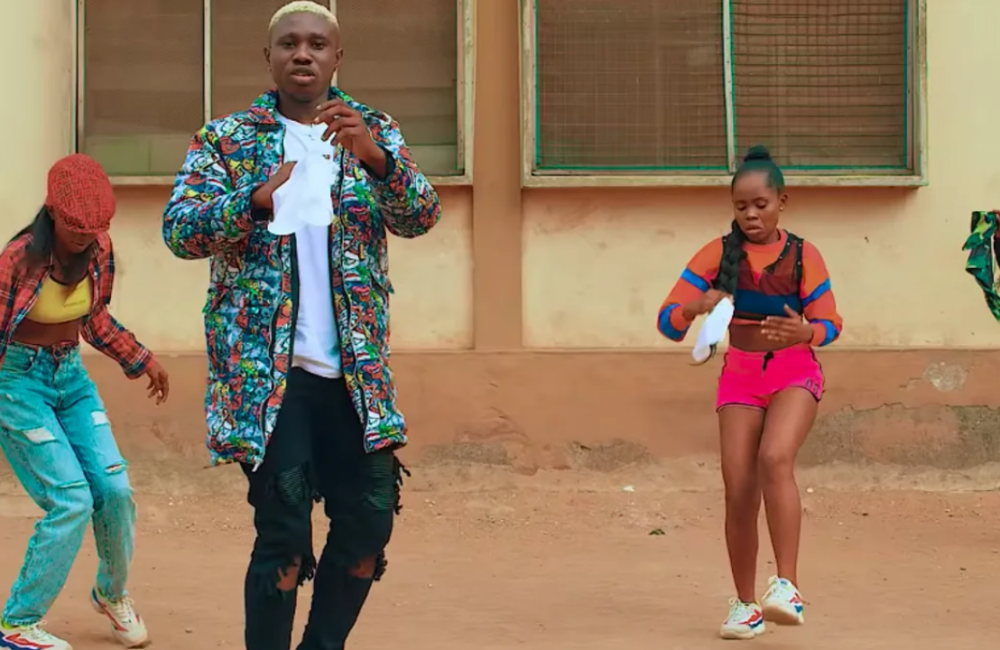

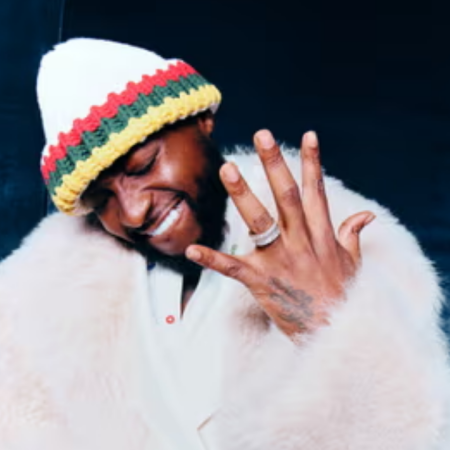



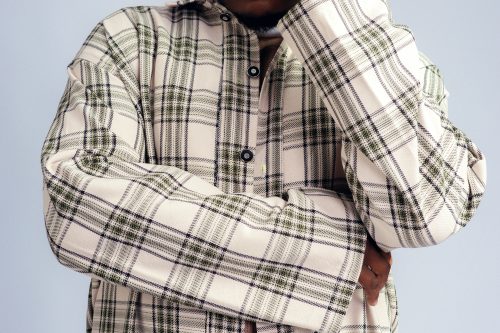
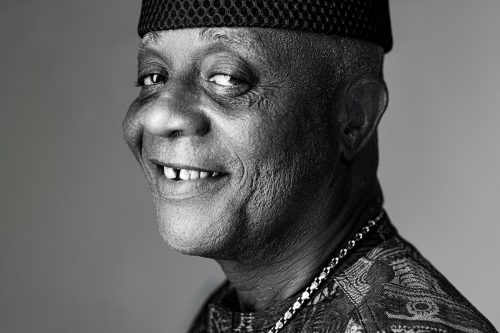
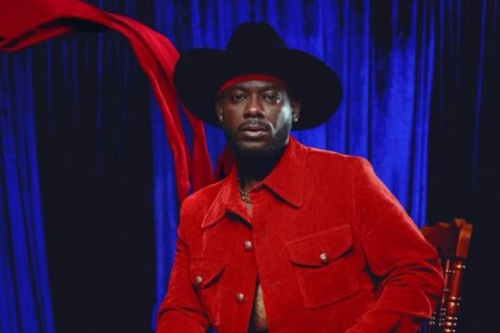
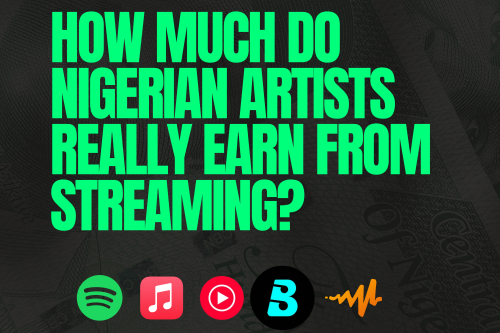
Leave a Reply